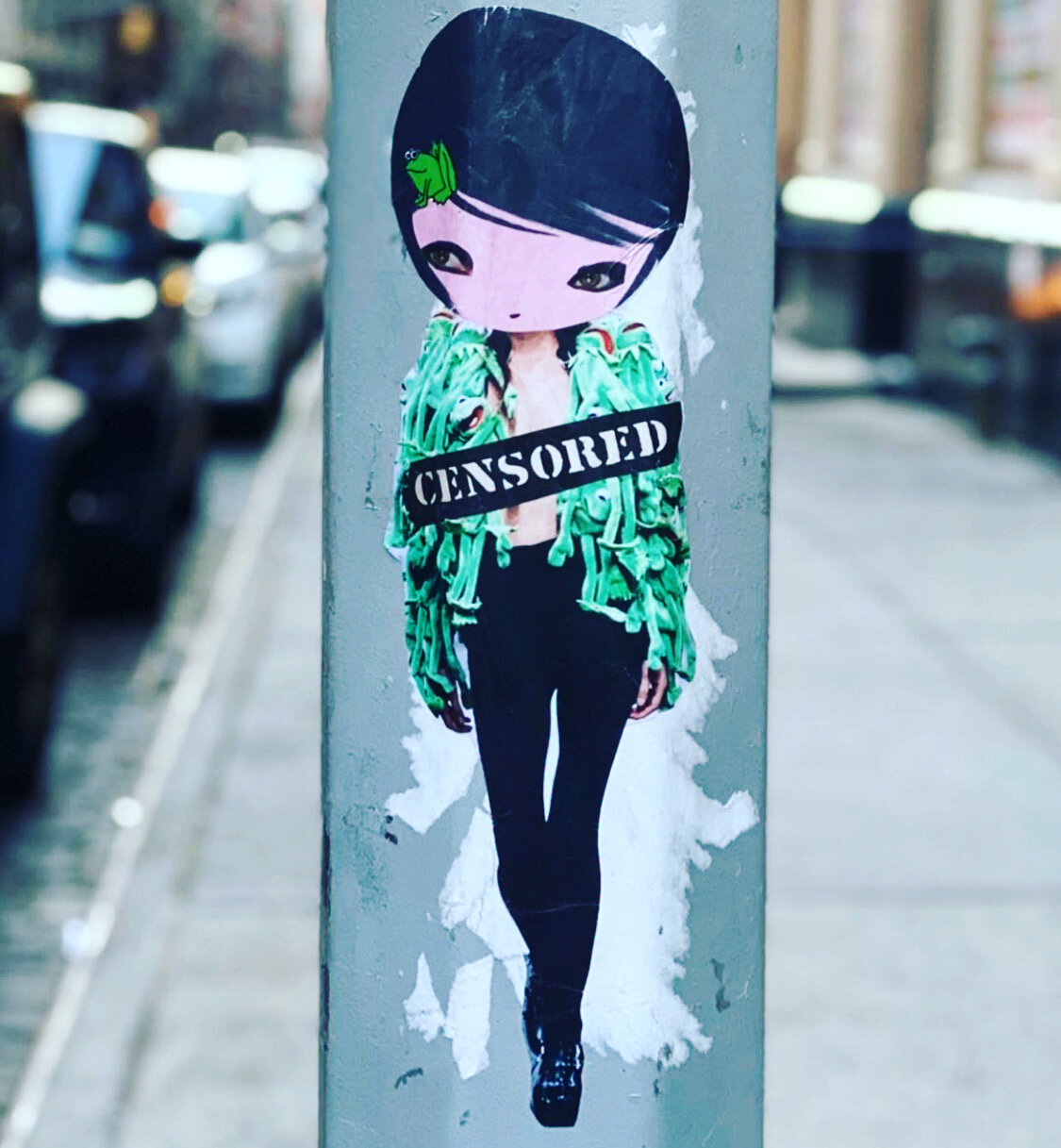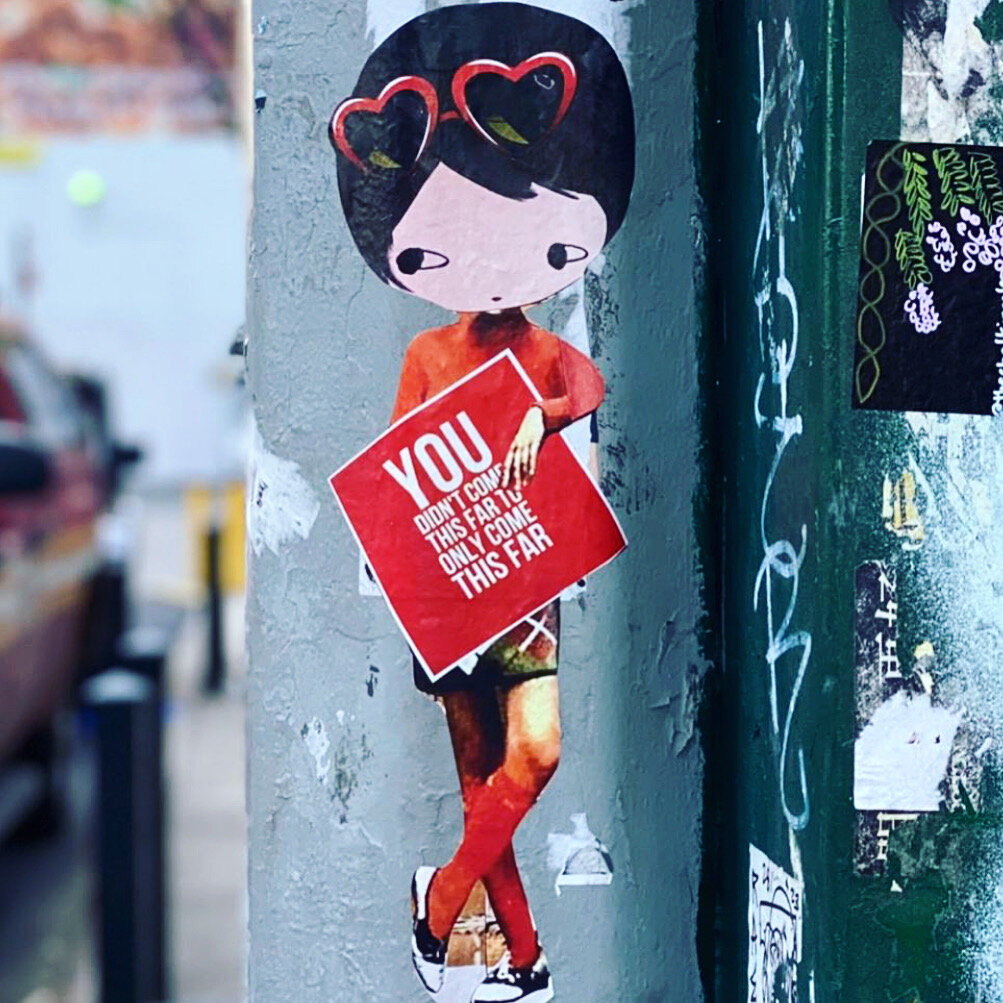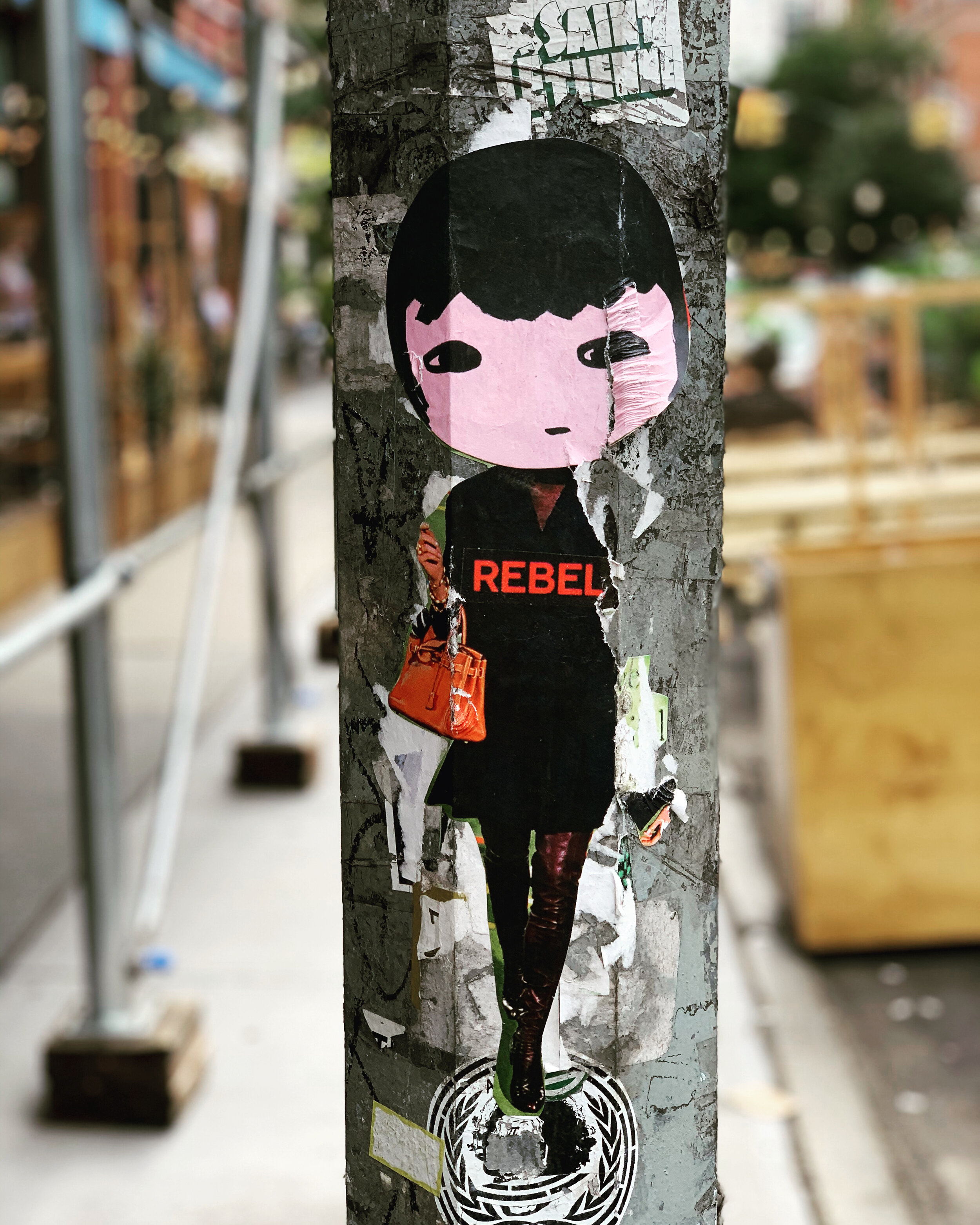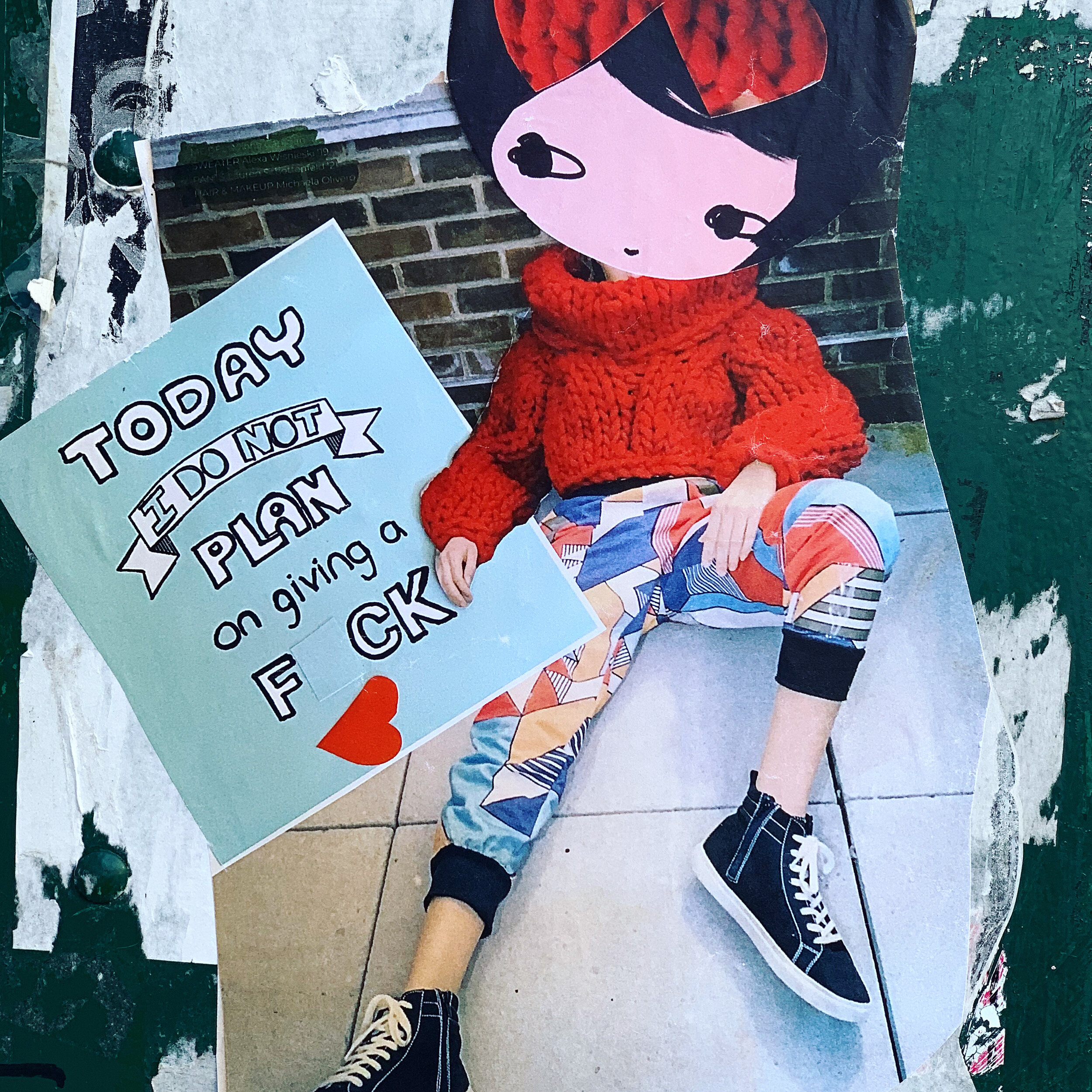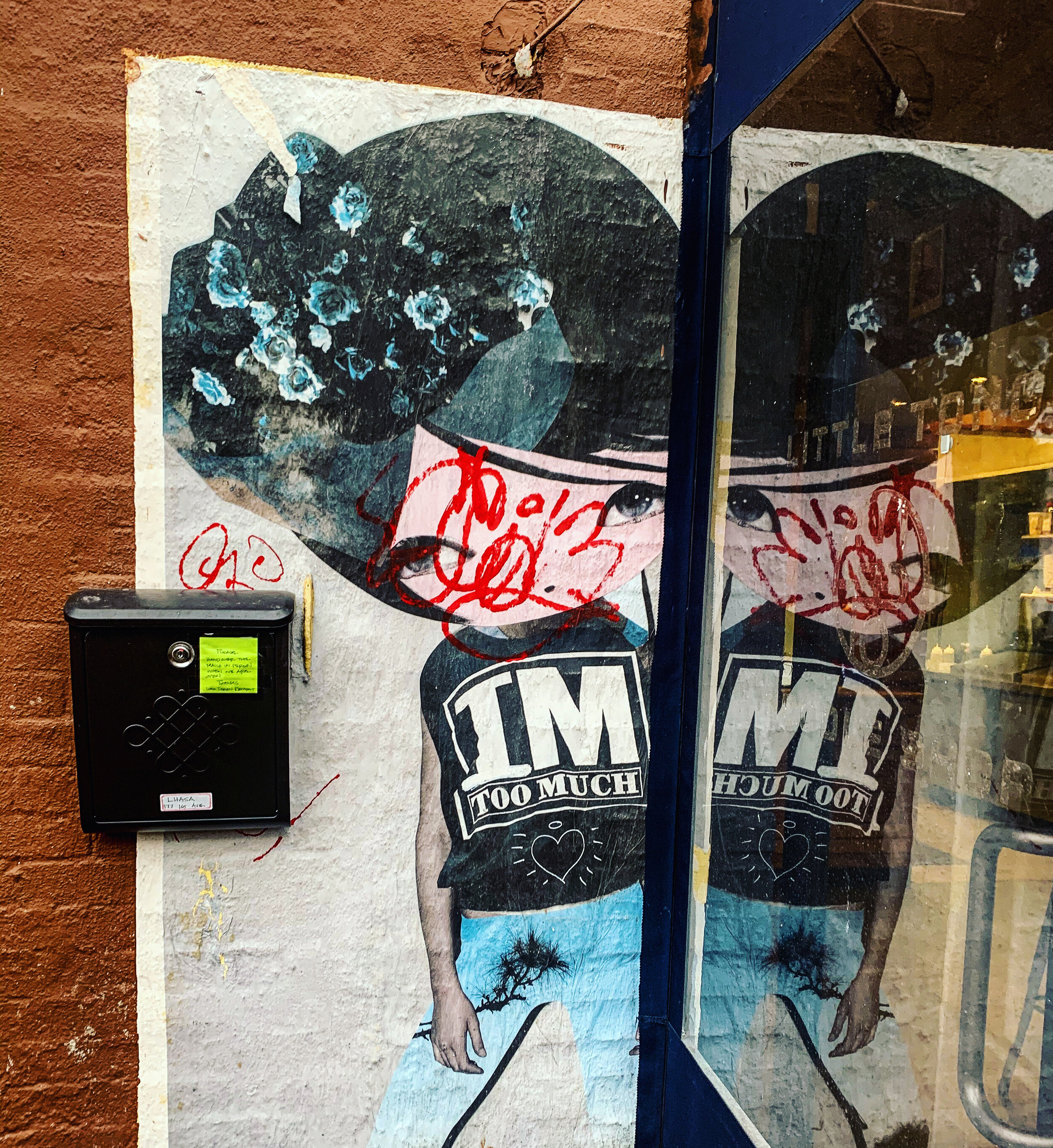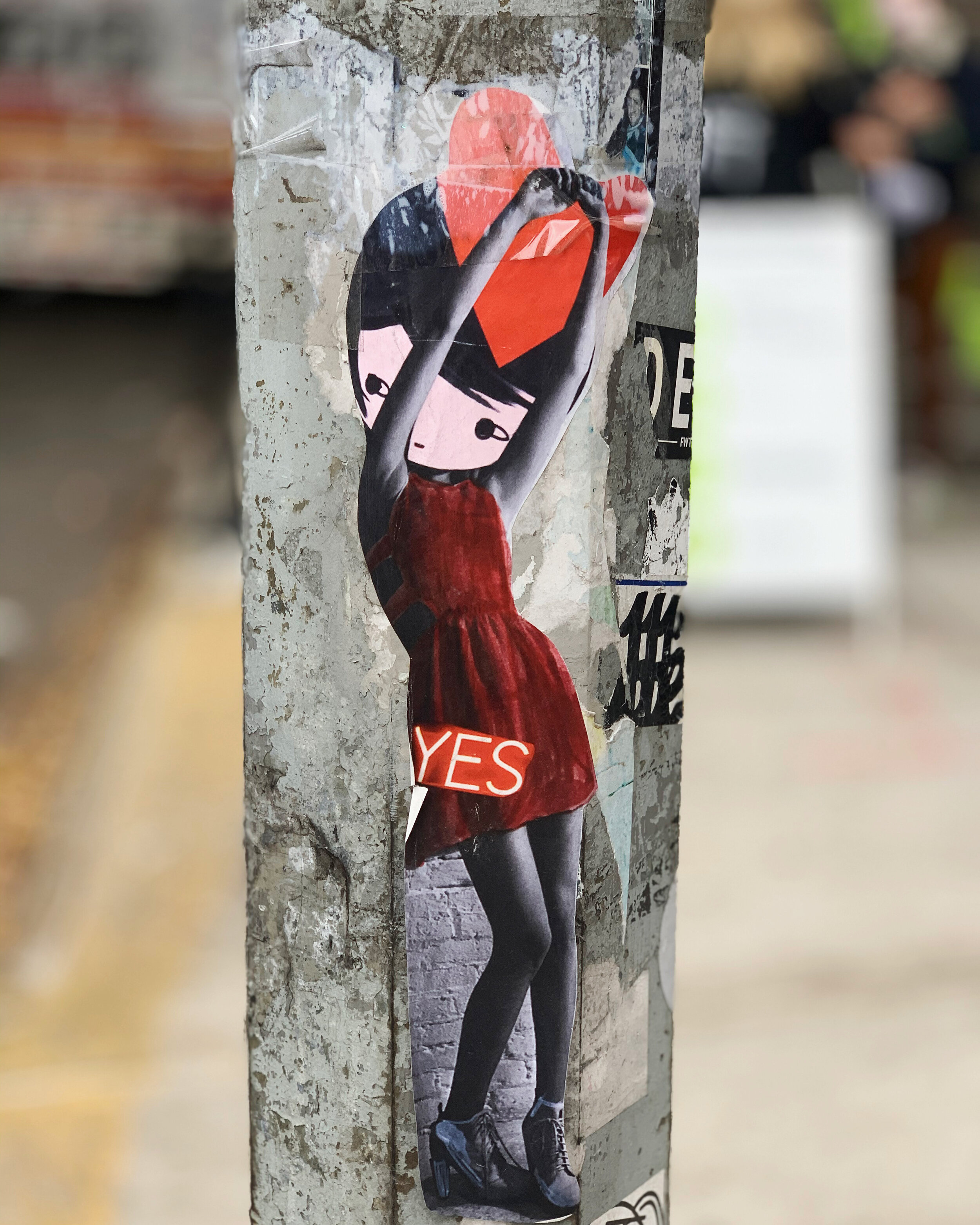ENTER THE LARGER-THAN-LIFE WORLD OF SLOVAKIA’S MARTIN MOFLAR
As I have been known to do, when I run into an artist whose work catches my eye, especially. when I think they should be known to a much larger group of people, I ask to chat with them here and share their fabulous work with you all. I hope this time is no different and you enjoy my interview with Martin Moflar.
I came across your work by chance, thanks to the Instagram profile of an artist friend. It immediately captivated me – it's fantastic. So let's start from the beginning. Who is Martin Moflar and what drew you to painting?
I was born in Košice in 1975. I studied at a secondary school of applied arts, specializing in promotional graphics. As my parents divorced soon after I was born, my Mom was my sole supporter during this time. During my studies, I discovered visual arts as well as classical music and auteur cinema. I eventually completed my education at the Faculty of Education at the University of Prešov where I majored in Art Education. During my studies, I primarily focused on drawing from models, classical graphic techniques, dry pastels, oil painting, and art history. Then, in 1999, I joined the newly established Faculty of Arts at the Technical University in Košice, which was founded by the renowned Slovak sculptor Juraj Bartusz, with geometric painter Adam Szentpétery and painter and conceptualist Rudolf Sikora, under whom I finished my master's studies, also being prominent figures there. I began to explore abstract painting towards the end of my studies. These were analytical-gestural works, watercolors, and oils in smaller formats. It was only towards the end of my studies that I ventured into monumental painting.
In drawing, painting, and experimenting with classical graphics at the beginning of my studies, I was inspired by the works of Joseph Beuys. Though I started as a figurative artist, I enjoyed working with expressive abbreviations in personal poetic and sometimes autobiographical themes. Apart from art, I was also interested in paleontology and findings of prehistoric humans for a time. I was fascinated by the minimal remains - an imprint, a fragment as evidence of life. My gestural abstraction was thus morphologically marked by reproductions of fossil fragments of bones and skulls. To help me focus on work, I also relied on music, listening to various genres, though eventually settling on more classical music, such as Bach and Arvo Pärt.
Artists evolve and change their work over time. How has your work evolved? What inspired you to change? And what changes have you made since then? Who or what inspires you today?
In addition to professional literature, I've always been interested in recorded interviews with artists. I was intrigued by the circle of abstract painters like Barnet Newman, Elsworth Kelly, Robert Motherwell, and Mark Rothko. Thanks to my friend, the composer Juraj Vajó, I discovered music by Olivier Messiaen, Edgar Varèse, John Cage, Morton Feldman, Steve Reich, Philip Glass, as well as Tristan Murail and Giacinto Scelsi. Music was like a landscape to which I always enjoyed traveling. (There are many practical aspects associated with physical traveling that I do not like to deal with : )...)
An example of concentrated and focused artistic creation locally was the sculptor Mária Bartuszová, whom I had the chance to meet personally in Košice. But even before that, there was the context of the painters of the Košice modern movement and Július Jakoby and Anton Jasusch and their generational contemporaries.
But to return to the generation of the painting language, I transitioned from expressive alla prima painting, where the handwriting is evident in the brushwork. From a positive, elemental gesture, I moved to a method where shapes are created negatively by omitting expanses from the basic color field. Later, I started using a more constructive method, where softly acting lines are precisely and slowly inscribed into clean color fields. Most recently, I have worked with a shaped frame of the painting, whose form is meant to evoke some external force acting on the linear structure, which yields to its pressure. The loops evoke some kind of organic exuberance, reminiscent to some of sea organisms or even trilobites.
Your paintings are characterized by vivid color and delicate, almost minimalist abstraction. What do you try to capture in your works? And how do you choose colors? Are there any you particularly like to return to?
Shortly after completing my studies, I taught painting and graphic techniques at the Faculty of Arts. At that time, I began to more freely explore the properties and effects of colors along with the painting surface itself. Color is a unique quality, so I approach it differently with each painting. Sometimes I first choose a specific color I want to work with, then look for its response in relation to other colors, and explore their interaction in relation to shapes, details, and the overall composition. I work with a color chart and consider the proportions of areas, brightness, and contrast. I don't have a favorite color, but there was a time when red was my top choice. When my daughter was born, pastel tones appeared in my work.
I used high-quality Old Holland paints, and perhaps out of respect for the material, I wanted to let the properties of opaque or more translucent colors stand out in simple relationships. I delved into the analysis of intuitive processes in creating abstraction. The fascination of a painting lies in what is unsaid, the uncertainty of scale, and the paradoxical pseudo-space. It also recalls sequences of imaginary organic processes shaped by composition, color, and the interplay of pure-empty and fragmented surfaces.
Your works are usually of large dimensions and are truly impressive. How does handling a theme in large scale differ for you compared to a smaller dimension? Why is that important to you? How does each of your compositions come to life?
Large formats are preceded by preparation in tempera, where I paint color sketches on paper almost as small as a postcard, from which I create an archive to which I can return. Those designs that resonate more with me and in which I see potential, I enlarge once again in tempera to make sure they work. Some of these designs, after some time (sometimes even more than three years), I then assess as suitable for a large scale oil painting, others I paint in medium format. Although I always expressly enjoy working with large dimensions as it represents a form of freedom for me, there is a risk of potential failure. Some compositions gain a more effective expression along with the enlargement of scale, others do not...
In those large-scale canvases, I have been using a connection between individual panels as part of the composition, and ultimately it is the only "real" element in the painterly illusion... I always made sturdy frames myself so I could influence the composition of large panels. I also like the surface of painting substrates that I prepare, despite the lengthy process, and thus even in smooth painting, the result bears a trace of craftsmanship.
You have a studio and have been creating in Slovakia for many years. What inspires you the most in your home country? What would you like to communicate to the general public about it?
I am not an enthusiastic tourist. Instead, I’d consider myself to be rather a bookworm who is interested in cultural figures and events throughout the history of Košice - that’s the phenomenon of the Kron School of Art. In 2013, Košice became the European Capital of Culture, and the Art Film International Film Festival takes place here every year...
Your work is fantastic and should definitely be known by audiences beyond the Czech and Slovak borders. Do you have any dreams or goals you'd like to achieve? What should art lovers beyond our countries know about Martin Moflar?
I would like to move from renting a studio to greater independence and owning the space where I work. It would also be good to have the opportunity to collaborate with curators interested in showing my work abroad. However, they should know that I don't speak English. But my wife does :).
So, let’s say we got someone really excited about your work. Where should one go to see your works or purchase them?
That’s easy. Follow me on instagram at https://www.instagram.com/martin.moflar/ or look up my work in a gallery: https://www.thinkfeelart.com/martin-moflar
And because I think the young art scene in Slovakia and the Czech Republic is really cool, are there any places and local artistic colleagues whose work you like and who we should all know about?
Artists like Mária Bartuszová, Adam Szentpétery, Eva Moflárová, Marian Straka
There is never enough support for the arts. What would you wish for our art scene to further develop and thrive?
I would wish for more gallery owners in Košice who would be able to help artists and promote their work abroad. And more daring collectors in Slovakia.
And finally, I always enjoy learning about the person I'm talking to. Would you play this rapid-fire question game with me?
Morning coffee or tea? Coffee.
Mountains or the sea? My studio!
Dog or cat? Dog
When I am not working, I am… reading a book or watching a movie.
I seek inspiration in…. art shows
A weekend well spent is… time with my kids and my wife.
My next trip will be…. Florence, according to my wife :)
Thank you! It was a pleasure to chat with you. And for those of you who are now intrigued about Martin’s work, give him a follow or make that special trip to Kosice to see his work. It is spectacular and you won’t regret it!
All images here are with the kind permission of Martin Moflar.
















